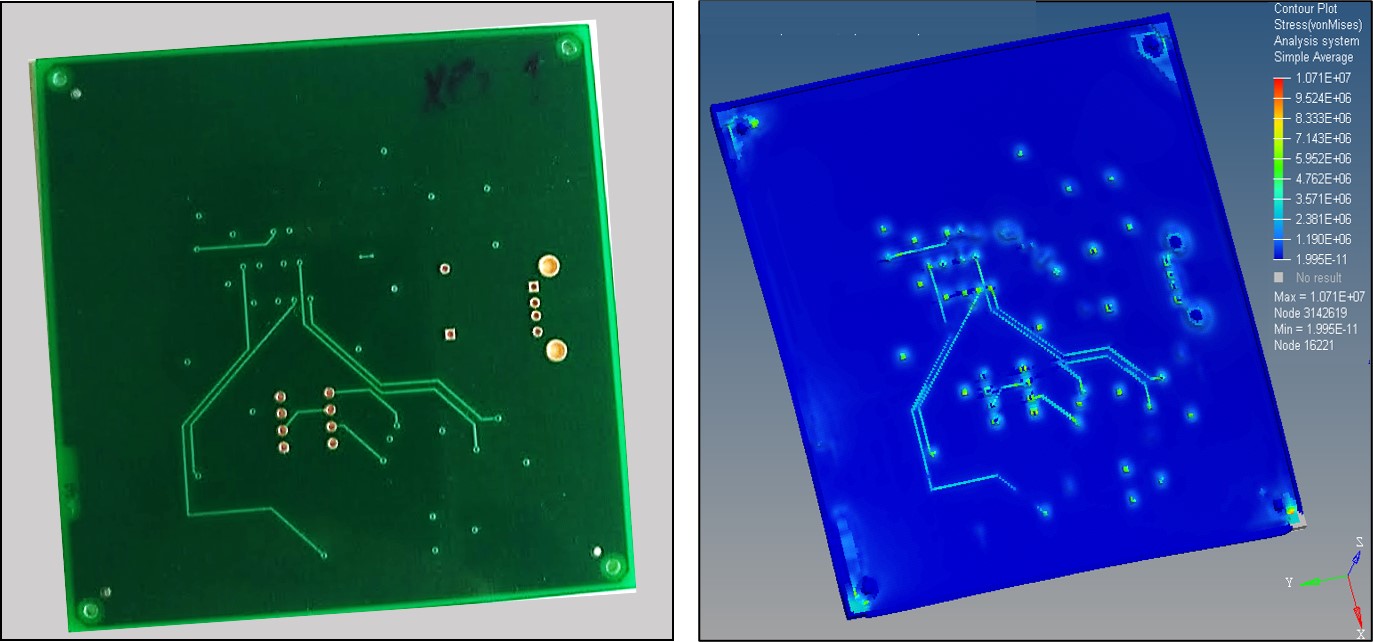Modeling & Simulation

There has been a lot of buzz recently around the concept of a Digital Twin - a digital respresentation of a physical object or process. Tetrahive embraces this technology and strongly believes in the value of using computers as the laboratory of the future where insights are gained through experiments that are largely played out virtually rather than physically.
Updated on March 23, 2021
modeling simulation capabilities
1 min READ
Our expertise is in creating ‘computational clones’ - a type of digital twin that supports the paradigm of quickly and cheaply gaining insights using simulation vs. experimentation. Computational clones are computer models based on either an idealized design/process or even better, an actual part or process instances with all their inherent imperfections and variances taken into account.
Being engineers at heart, we certainly have the capability to do typical engineering design CAD/CAM-type work using in-house tools such as SolidWorks, Autodesk Fusion, Eagle PCB, and to perform analysis using physics-simulation technologies like Finite Element codes or SPICE solvers.
What differentiates our companies from others is our ability to go beyond what is ideal and design solutions that model what’s actual. Like the printed circuit board shown above and its finite element model. This model was not generated from an ideal CAD design, but rather directly from experimentally obtained X-Ray CT data. As such it captures all the nuances of this particular part instance - like the residual flexure present due to the manufacturing/curing process. The model shows the thermal stresses induced by a temperature change in the part as it actually exists, not as it was intended or designed. In situations where statistical data about parts/processes is present we employ Monte Carlo methods to simulate instances within the population. This acknowledgement of variance and reflection of reality is key to better understanding real-life outcomes.